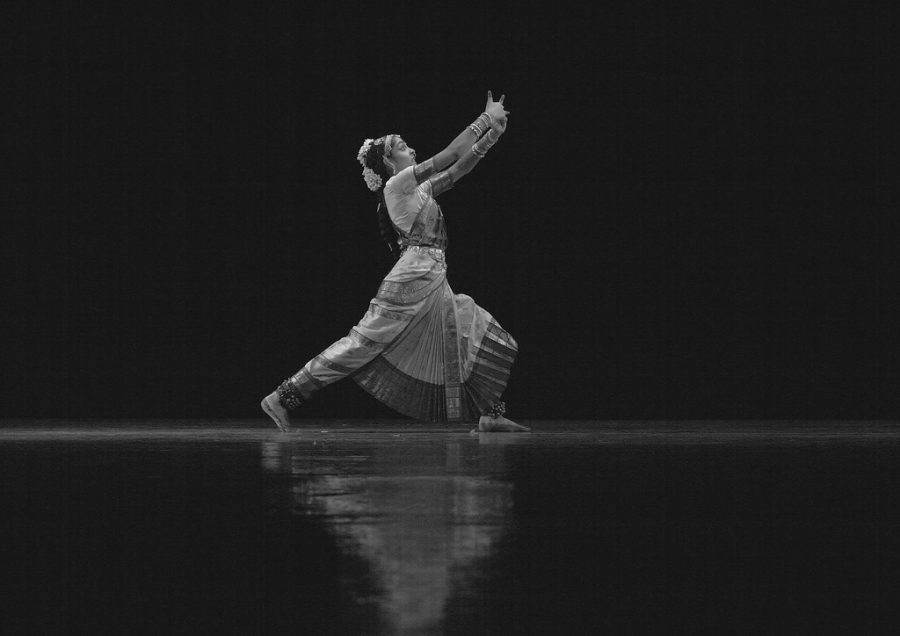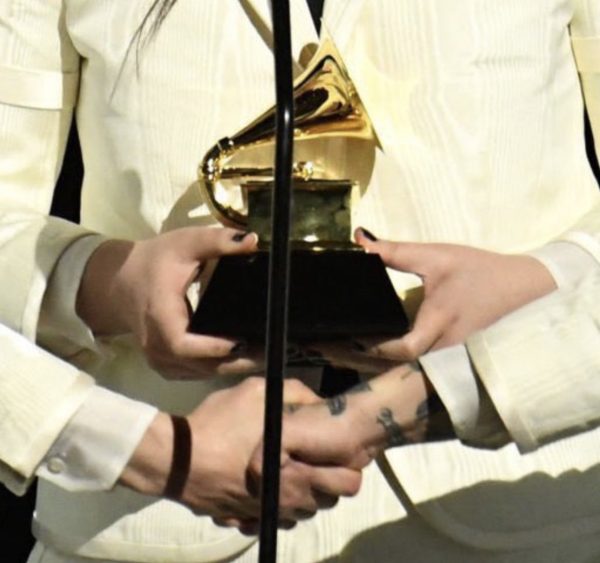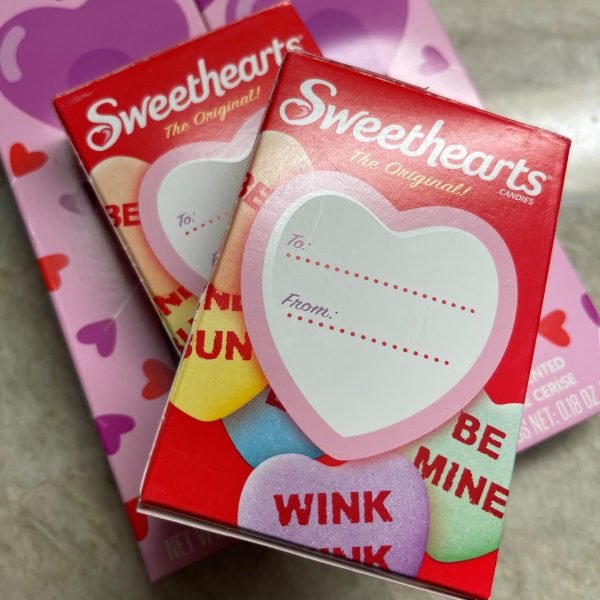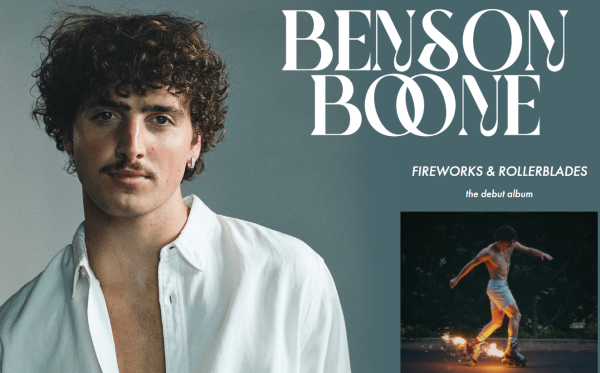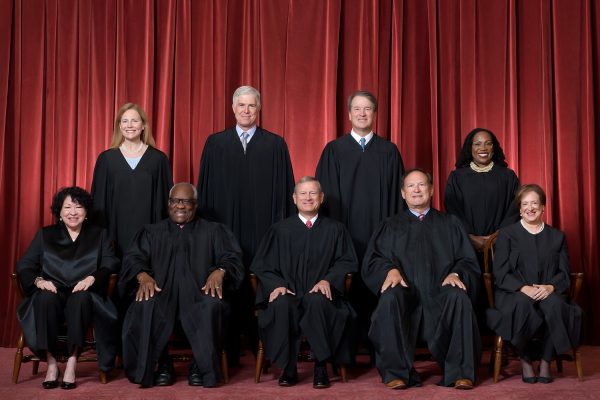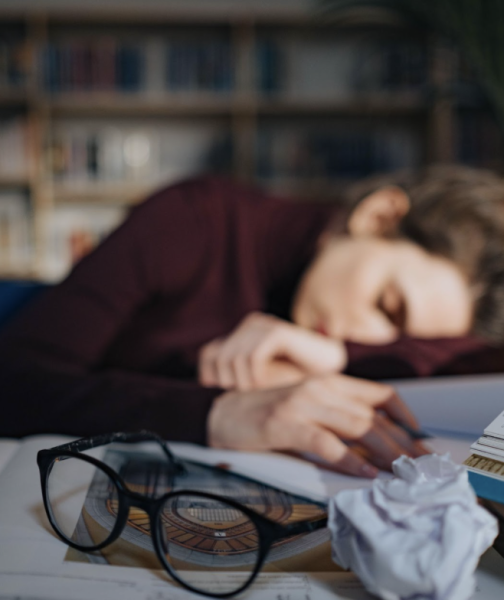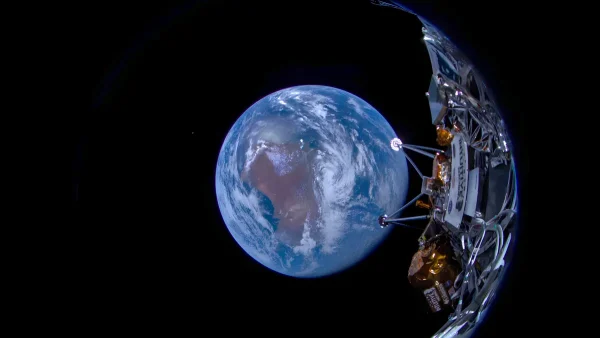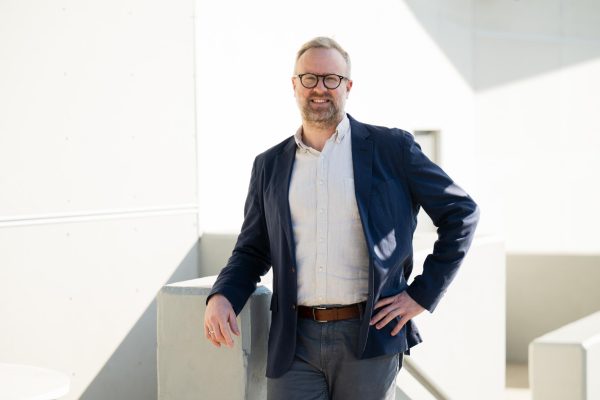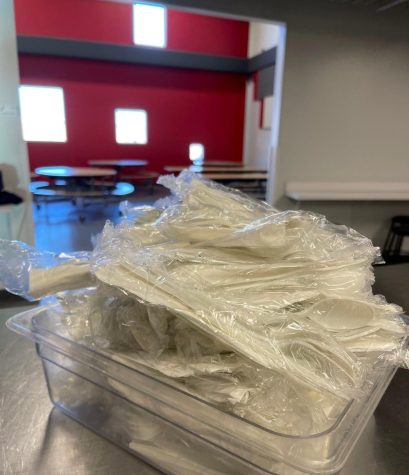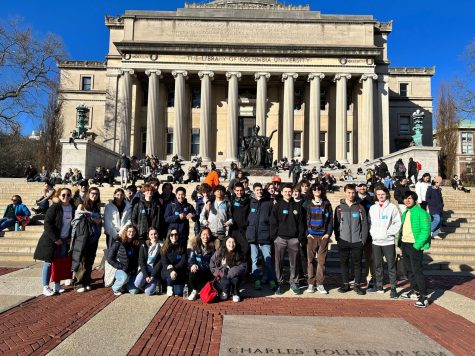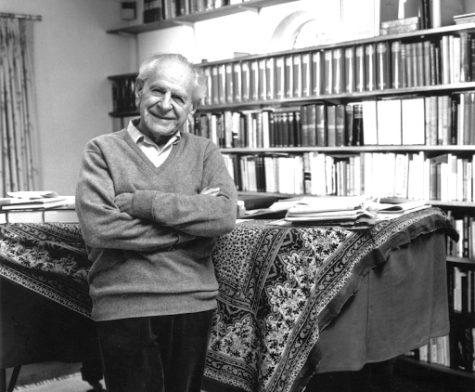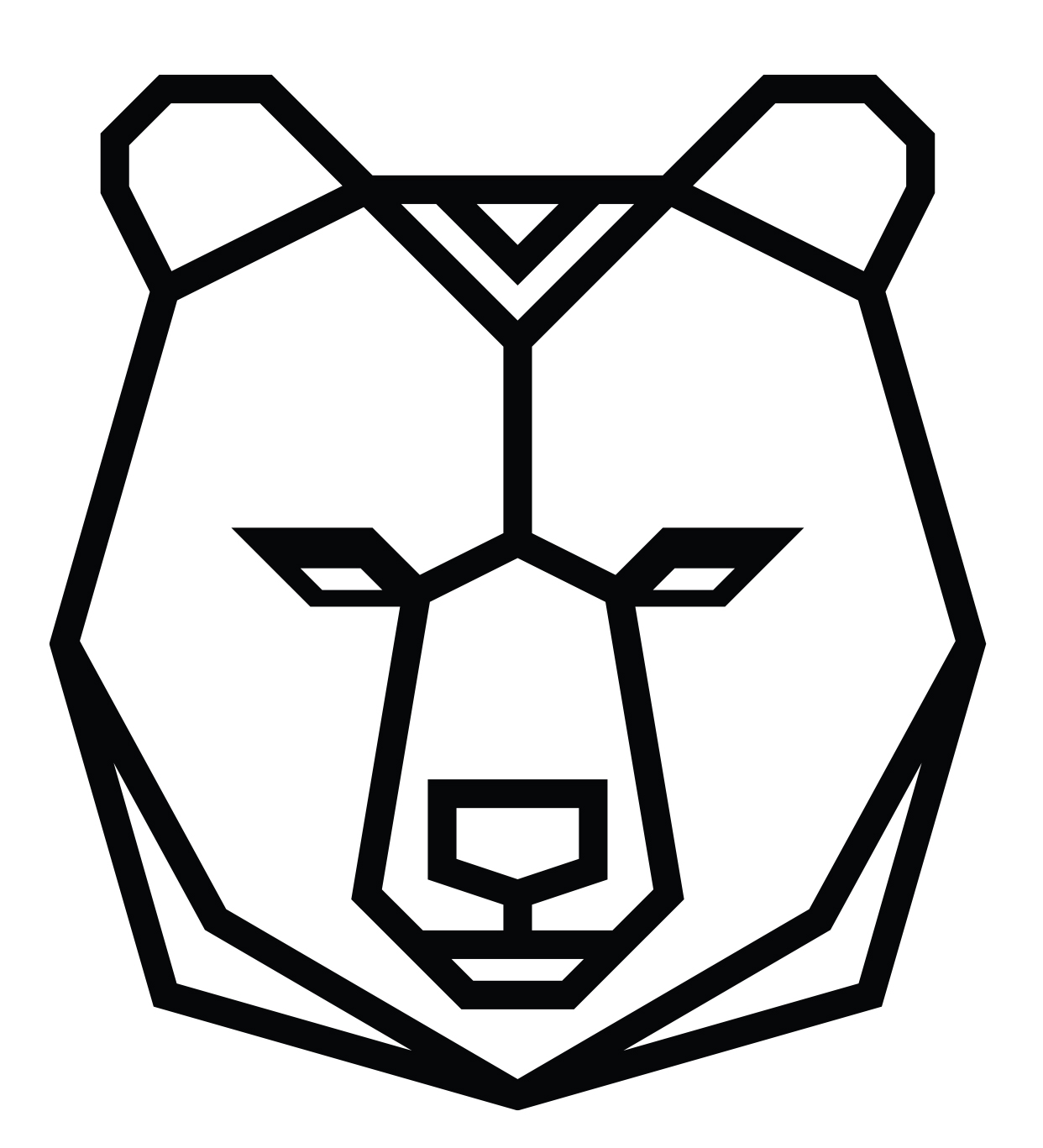The Forgotten Origins of Dance
Dance is an universal art form used by different people, for different purposes, in distinct ways. Dance history stretches far beyond the creation of ballet, and while it is incredibly difficult to figure out where exactly dance was first created, many of the oldest styles of dance are found in India.
One of the oldest styles of classical dance is Bharatanatyam. About 3,000 years ago, Bharatanatyam originated in India as a way of telling stories, specifically religious stories. At first, Bharatanatyam was performed exclusively during times and in places of worship, but over time the dance was brought to public stage and performed in front of large crowds. In order for one to flawlessly perform this dance, they must perfect each element.
Proper technique is key to Bharatanatyam. Dancers spend most of their time in aramandi – one of the most important positions in Bharatanatyam – where a dancer’s legs are bent to form a diamond, heels touching, and toes pointing outward. Similarly, arms must be in natyarambe. Natyarambe is when the arms of a dancer are firmly held outwards, and shoulder level, but curved at the elbow to create a bend. Every single change in position as the dance progresses is key; perfect posture, positioning, and eye movements are the bare minimum for a performance.
A good performance stretches beyond technique, it is storytelling. Many of the individual elements are exclusively dedicated to telling stories. For example, mudras are specific and precise hand gestures used across all Bharatanatyam choreographies to illustrate specific objects or actions. There are about fifty-five root mudras, each of which have their own meaning, like some ancient form of calligraphy. In order for a dancer to properly perform, their mudras must be precise and delicate.
One of the most often used mudras is alapadmahasta, often symbolizing a flower, in which a dancer’s fingers are extended upwards with each finger stretched at a higher angle so it gives the illusion of increase. Another very basic mudra is the patakahasta which is created when the fingers are fully stretched out and touching each other, and the thumb is tucked into the palm. Among the uses for patakahasta are flowing rivers, a mirror, and sleep.
Beyond mudras is abhinaya. The abhinaya refers to the facial expressions used by dancers to depict emotions. In Bharatanatyam, there are nine key emotions that are taught to be a part of the abinaya and just like mudras, each emotion has its own portrayal. Love, heroism, sadness, awe, fury, laughter, fear, revulsion, and peace are the nine main emotions, and dancers must be able to perform each one.
Over thousands of years, Bharatanatyam has left its roots as a very religious dance performed only in India. Bharatanatyam is practiced in South Asia in many Western countries where Indian influence has found its way into their dances. The significance of Bharatanatyam, among many other classical styles of dance, is one too commonly brushed over and forgotten. It is not taught and credit is never given.
Zeyna is a sophomore at BASIS Independent Brooklyn. She enjoys baking, having fun with friends, and running in her free time. She also has been dancing...

